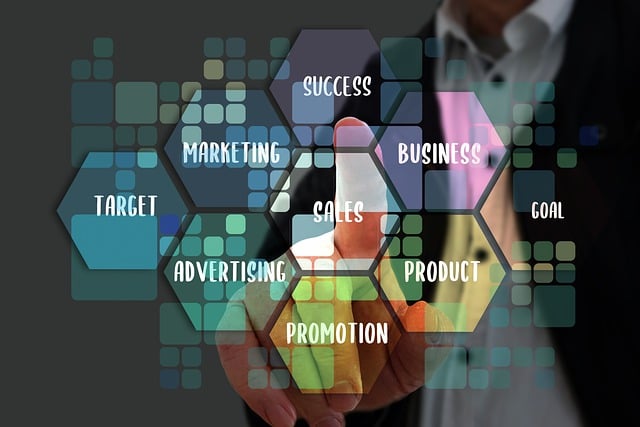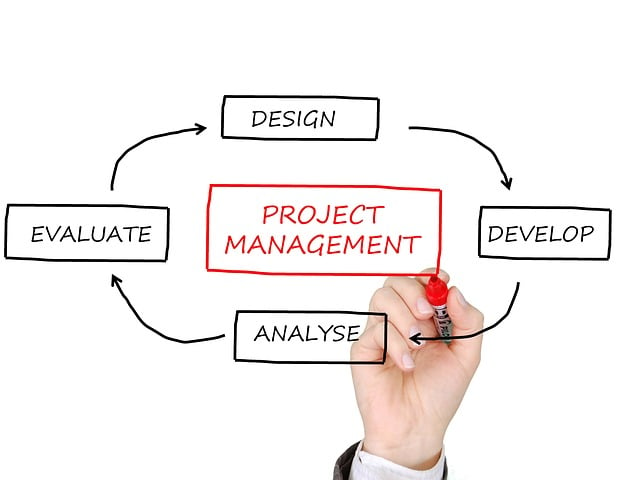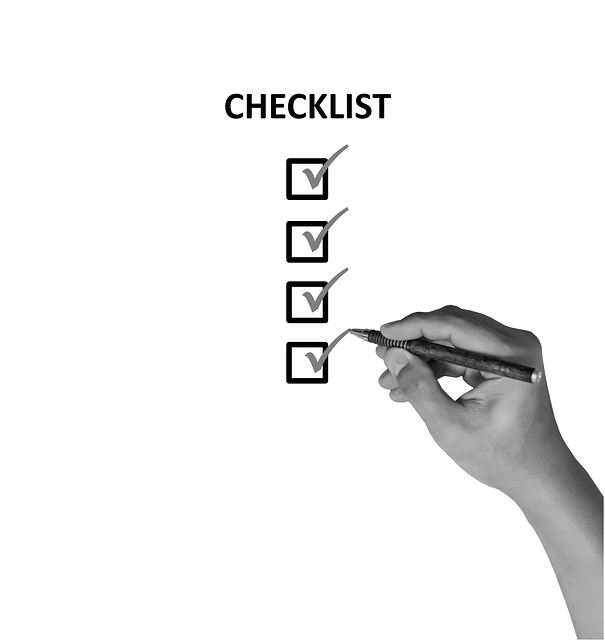The 5S Methodology, rooted in lean management, is a powerful framework for implementing sustainable practices in any workplace. Comprising sorting, setting in order, shining (cleaning), standardizing, and sustaining, this approach enhances productivity, reduces waste, and promotes sustainability. 5S training equips employees with skills to identify process inefficiencies and standardize best practices, leading to optimized workflows and safer, more environmentally friendly work environments. By integrating lean management principles through continuous 5S improvement, organizations foster a culture of questioning the status quo and embracing change, contributing significantly to both operational efficiency and environmental stewardship.
In today’s competitive business landscape, adopting sustainable practices in the workplace is no longer an option but a necessity. The 5S methodology offers a robust foundation for achieving this goal, combining efficiency with environmental stewardship. This article explores how integrating 5S training, lean management principles, effective workplace organization, and continuous improvement through process standardization can create a vibrant, eco-friendly work environment. Discover practical tools and techniques to transform your space and operations.
- Understanding the 5S Methodology: A Foundation for Sustainability
- Integrating Lean Management Principles for Efficient Workflows
- Workplace Organization: Tools and Techniques for Optimal Space Utilization
- Continuous Improvement Through Standardization of Processes
Understanding the 5S Methodology: A Foundation for Sustainability

The 5S Methodology is a powerful framework that forms the foundation for implementing sustainable practices in any workplace. Originating from lean management principles, it emphasizes workplace organization and continuous improvement. The ‘5S’ stands for Sort (categorize and remove unnecessary items), Set in Order (organize for easy access and efficiency), Shine (maintain cleanliness and inspect regularly), Standardize (establish consistent procedures), and Sustain (encourage a culture of continuous enhancement). This approach is not just about creating a tidy workspace; it’s a strategic method to enhance productivity, reduce waste, and foster an environment conducive to sustainability.
5S training equips employees with the skills to identify inefficiencies in processes and standardizes best practices, ensuring that every step of a process is clear and optimized. By adopting this methodology, organizations can create a more streamlined, safe, and environmentally friendly workplace. It’s a continuous improvement cycle that encourages folks to question the status quo, embrace change, and contribute to a sustainable future.
Integrating Lean Management Principles for Efficient Workflows

Integrating Lean Management Principles is a strategic approach to optimize workplace sustainability and enhance overall efficiency. At its core, this method draws heavily from the 5S training methodology, which involves sorting, setting in order, shining (cleaning), standardizing, and sustaining. By implementing these principles, organizations can achieve remarkable improvements in workflow management and workplace organization.
The 5S continuous improvement process promotes a culture of order and efficiency. It begins with sorting through unnecessary items, eliminating clutter, and retaining only what is essential for daily operations. Setting things in order involves arranging tools, equipment, and materials to streamline accessibility. Shining focuses on maintaining cleanliness, ensuring a safe and visually appealing environment. Standardization leverages established processes and guidelines to create consistency across operations, minimizing errors and maximizing productivity. Finally, sustaining emphasizes the ongoing practice of 5S principles, fostering a long-term commitment to workplace organization and continuous improvement.
Workplace Organization: Tools and Techniques for Optimal Space Utilization

Workplace Organization is a critical component of sustainability, and efficient space utilization can significantly contribute to overall environmental and operational goals. The 5S training method—a cornerstone of lean management—offers powerful tools for achieving this. “Sort,” “Set in Order,” “Shine,” “Standardize,” and “Sustain” are the five pillars that transform cluttered workspaces into streamlined environments. By implementing these principles, employees can identify and eliminate waste, organize tools and equipment for easy accessibility, and establish consistent work procedures through process standardization.
This structured approach not only enhances productivity but also reduces energy consumption by minimizing unnecessary movements and maximizing resource utilization. Continuous improvement is fostered as regular 5S audits become part of the workplace culture, ensuring that optimization remains a dynamic process. As a result, a more sustainable and efficient workspace emerges, aligning with broader environmental stewardship objectives.
Continuous Improvement Through Standardization of Processes

In the pursuit of workplace sustainability, Continuous Improvement Through Standardization of Processes plays a pivotal role. Organizations adopting lean management principles often leverage 5S training as a foundational step. This involves sorting, setting in order, shining (cleaning), standardizing, and sustaining to achieve optimal workspace organization. By implementing these practices, businesses not only enhance efficiency but also create an environment conducive to innovation and productivity.
Standardization of processes is key to ensuring that every employee follows the same efficient methods, reducing waste and maximizing output. This systematic approach allows for consistent results and facilitates continuous improvement over time. Regular reviews and updates to these standardized processes enable organizations to adapt to changing circumstances while maintaining a high level of workplace organization and sustainability.
